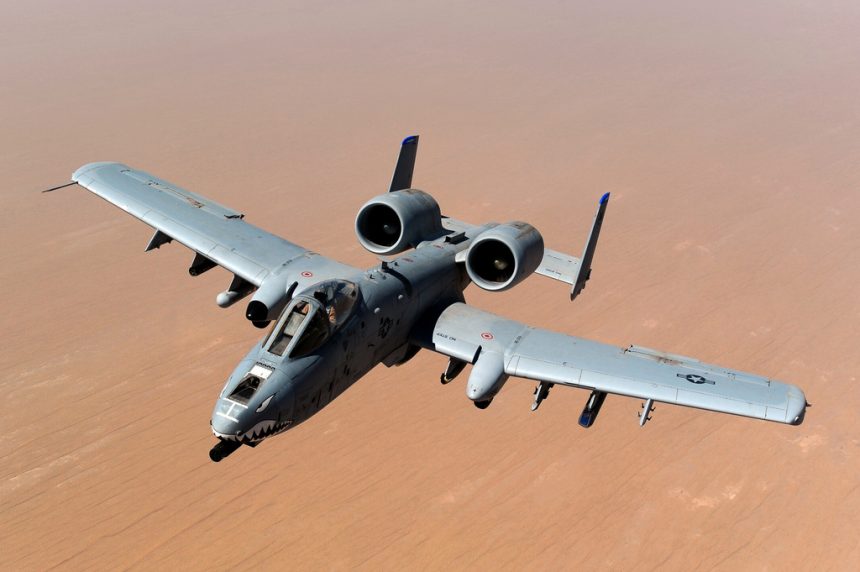U.S. A-10 Thunderbolt aircraft face the threat of Man Portable Air Defense Systems in Iraq.
According to a report by Iraqi News, American A-10 were shot at with four Strela missiles during the recent air strikes carried out by the Warthogs (as the Thunderbolts are referred to by the pilot community) on ISIS positions near Mosul, in Iraq.
Based on reports by unnamed sources who witnessed the attack, the A-10s killed and wounded several terrorists but were also targeted by the ISIS militants who allegedly attempted to shoot down the U.S. planes fling at low altitude using 9K32 Strela-2 (NATO reporting name SA-7 Grail) man-portable, shoulder-fired, low-altitude, IR (infra-red) guided, surface-to-air missile systems.
Even though the Warthogs were not hit by the surface-to-air missiles, the episode seems to confirm that, flying at medium and low altitude and loitering over the battlefield, the A-10s deployed to Kuwait face the threat of MANPADS known to be in possession of Islamic State forces.
Still, the “Hog” is a tough plane, that has already shown its special ability to bring the pilot back to the homebase in spite of heavy damages by ground fire.
Image credit: U.S. Air Force
















